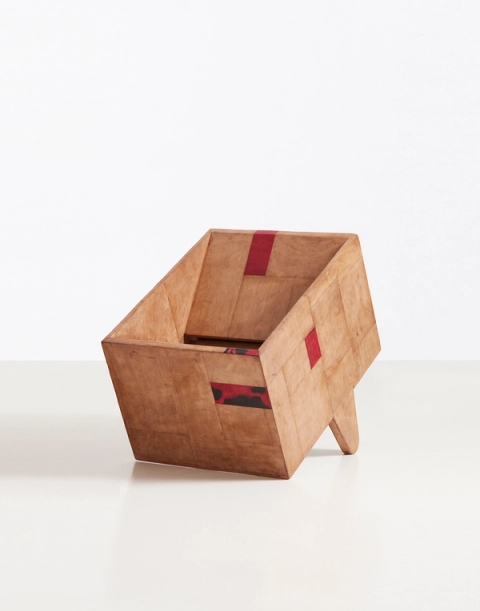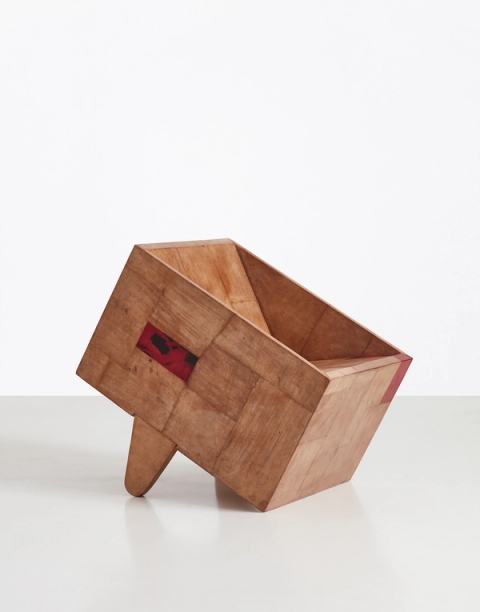My Enquiry (0)
No artwork has been selected.
Please choose an artwork to enquire.
Enquiry Submitted
Thank you for your enquiry and interest in our artists’ work. A member of the gallery team will respond shortly.
000%
Southern Guild will participate in the inaugural edition of the Aspen Art Fair, held at the historic Hotel Jerome from 29 July to 2 August, 2024 as the kick-off to Aspen Art Week.
The gallery will present two-and three-dimensional work by nine artists from across Africa and its diaspora, and will feature in various special projects and events. The art fair will include a bespoke programme of home tours, a salon-style speaker series, artist prizes and residencies, performances, screenings, cocktail receptions and dinners.
The gallery’s booth will present bronze sculpture by Zizipho Poswa, photographic works by Zanele Muholi, mixed-media abstract paintings by Kamyar Bineshtarigh and Alexandra Karakashian, figurative paintings by Manyaku Mashilo, Terence Maluleke and Ayotunde Ojo, and collectible design by Cheick Diallo and Charles Haupt. The works on show highlight themes of language, loss and healing, opening space to recognise and transcend individual and cultural trauma, particularly as a result of racial and gender-based bias, geographic dislocation and human migration. A prevalent interest for many of the artists is the re-envisioning of agency with regard to Black self-representation, with the work offering a limitless, liminal space to reimagine the past, present and future, and to explore expansive definitions of self.
Southern Guild will also participate in a group preview exhibition, A Place For Us, presented by the Aspen Art Fair and 74tharts at Hotel Jerome, currently on until 25 July. Curated by Laura Smith Sweeney of LSS Art Advisory, the exhibition encompasses a rich interplay of textures and materiality by 12 artists, including three from Southern Guild: Zanele Muholi, Stanislaw Trzebinski and Luyanda Zindela.
Highlights of Southern Guild’s booth at Aspen Art Fair:
Acclaimed South African visual activist Zanele Muholi will show a trio of photographic works from their iconic Somnyama Ngonyama (Hail the Dark Lioness) series. Adorned with crowns made from clothesline pins, decorated with lipstick made from toothpaste and Vaseline, the guerrilla nature with which these images are composed reveals the urgency to document the self and claim visibility. Muholi will also donate a photographic work from the series to the annual ArtCrush auction in support of the Aspen Art Museum’s artistic and educational programmes. Coinciding this year with the museum’s 45th anniversary, the auction takes place at the ArtCrush summer gala on 2 August, one of Aspen’s most anticipated events of the summer. The artist’s autobiographical solo exhibition is currently on view at Southern Guild Los Angeles (until 31 August),with a major survey currently on show at Tate Modern in London until 26 January, 2025.
A totemic bronze sculpture by South African artist Zizipho Poswa, titled Mam’uNoSekshin, pays intimate homage to the women within the artist’s extended community who are custodians of Xhosa ritual and custom. The sculpture hails from Poswa’s first all-bronze series, iiNtsika zeSizwe (Pillars of the Nation), which was exhibited at Galerie56 in New York in 2023. This body of work emerges conceptually and formally from Poswa’s interest in the practice of ‘umthwalo’, whereby women in rural areas balance heavy objects on their heads while walking long distances on foot. For the artist, the strength required to balance these loads, oftentimes arduous and exhausting, is testimony to the resilience of Xhosa women.
The abstract painting Studio Wall V by Kamyar Bineshtarigh – an Iranian artist who moved with his family to South African when he was 15 – speaks to his interest in script, language and mark- making. The work comprises an expansive section of paint lifted from the wall of the artist’s former studio in a now demolished building in the gentrifying, industrial neighbourhood of Salt River, Cape Town. Bineshtarigh’s studio once housed a garment factory that employed only white women before the promulgation of segregationist policy shifted this to low-income labour of “Coloured”(mixed-race) and later, Black women. The artist layered his own marks on top of existing textures and scars on the walls, coating the entire surface in cold glue that was peeled away to lift the original wall paint.
An arched painting by South African artist Manyaku Mashilo, How About A New Way to Pray, depicts a pair of figures whose expansive forms bloom forth from an abstracted liminal landscape. Mashilo’s practice acts as a vehicle for sense-making – a dream-like space to synthesise elements of her religious upbringing, ancestral heritage, personal mythology and socio-political engagement. The recurring use of red ochre in her work connotes the traditional ointment of “imbola”, a thick paste of burnt earth pigment applied to the faces of Xhosa women and newly initiated youth.
South African painter Terence Maluleke’s allegorical work, Your Light Fades My Brother Cain, is an exploration of faith and personal turmoil. Drawing from the timeless narrative of Cain and Abel, Maluleke depicts the tension and polarity between the two brothers in muted tones and angular, graphic shapes. A bold new talent on South Africa’s contemporary art scene, Maluleke came to painting from a successful animation career. He makes his US solo debut at Southern Guild Los Angeles in November 2024 with an exhibition of figurative paintings exploring Black subjectivity within the paradigm of Christian allegory.
In Meeting, an abstract painting by Alexandra Karakashian, oil seeps into the surface of the exposed linen, creating a blackened scar on an otherwise untouched canvas. A pause, a moment for reflection. In their vast and incompressible darkness, her paintings explore notions of both individual and collective mourning –lamenting on a loss of lives and land, and remembering those who have been displaced in the process. Karakashian will debut large-scale, monochromatic paintings and installation works made with used engine or crude oil, black pigment and salt on canvas in a solo exhibition at Southern Guild Los Angeles in September.
Ayotunde Ojo’s painting, Reclining Man, renders a moment of stillness and respite in a domestic interior–a subject oft revisited by the Nigerian painter. He is interested in “the silent conversations that go on between self and space”, locating these in the liminal moments of bodies at rest. With gentle brushstrokes, subdued colour and the surreal depiction of inanimate objects as seemingly translucent, Ojo’s scenes present as dream-like, emerging from the innermost space between sleep and waking. The Lagos-based artist holds his first solo exhibition at Southern Guild Cape Town in November.
Malian designer Cheick Diallo’s Moïtou series of chairs, crafted from timber and dyed leather, combine West African craft traditions with a sophisticated architectural approach. A pioneering design presence on the African continent, Diallo applies innovative thinking to the chairs’ construction, inserting two flat planes into a cube and angling them in such a way that they form a seat and backrest. Southern Guild Los Angeles will present a a retrospective of Diallo’s three- decade long career in February 2025, his first solo exhibition in the US.
South African designer Charles Haupt’s Tropism Mensa Humilis table is the result of his long- held fascination with the response of an organism to environmental stimuli such as light. Haupt mimics this natural process with the use of algorithms, designing his works digitally and then 3D printing them to make sculptures that are cast in bronze. His three-legged Tropism tables are firmly rooted in the functional realm even as they venture into pure aesthetics with digitally derived forms that are both reminiscent and prescient, like archaeological artefacts of the future.
Artists
- Kamyar Bineshtarigh
- Cheick Diallo
Charles Haupt
Alexandra Karakashian
- Terence Maluleke
- Manyaku Mashilo
- Zanele Muholi
- Ayotunde Ojo
- Zizipho Poswa
Works
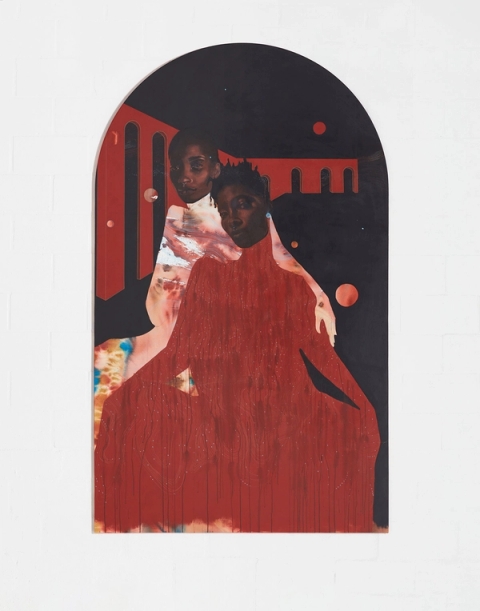
Manyaku Mashilo
How about a New way to Pray, 2023Acrylic, ink, red ochre on canvas
98.38 x 59 in. | 250 x 150 cm
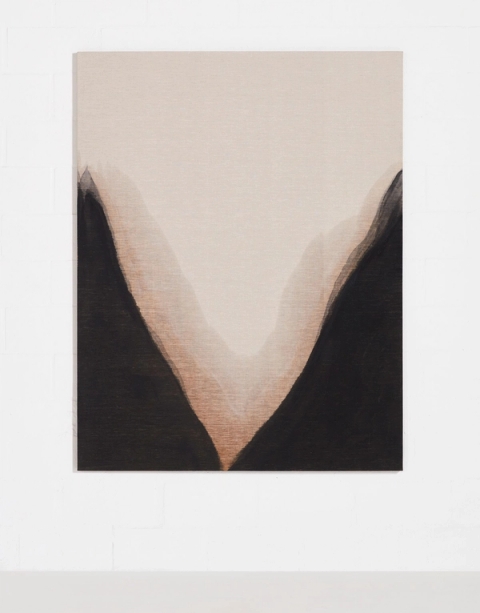
Alexandra Karakashian
meeting, 2023Used engine oil, oil and black pigment on canvas
72.5 x 56.8 in. | 184 x 144 cm
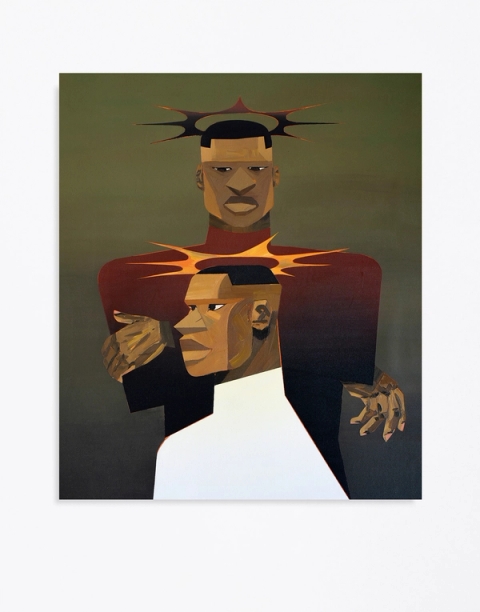
Terence Maluleke
Your Light Fades My Brother Cain, 2024Acrylic on canvas
47.25 x 39.75 in. | 120 x 101 cm

Kamyar Bineshtarigh
Studio Wall V, 2023Wall paint, ink, cold glue on hessian backing
83.9 x 76 in. | 213 x 193 cm
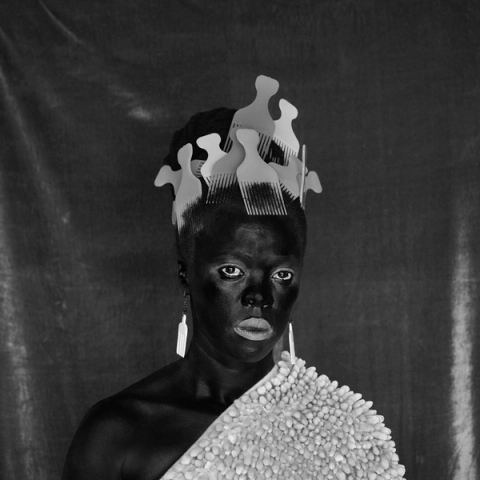
Zanele Muholi
Qiniso V, The Sails, Durban, 2019Baryta print
Image and paper size: 3.6 x 23.6 in. | 60 x 60 cm
Edition of 8, 2AP
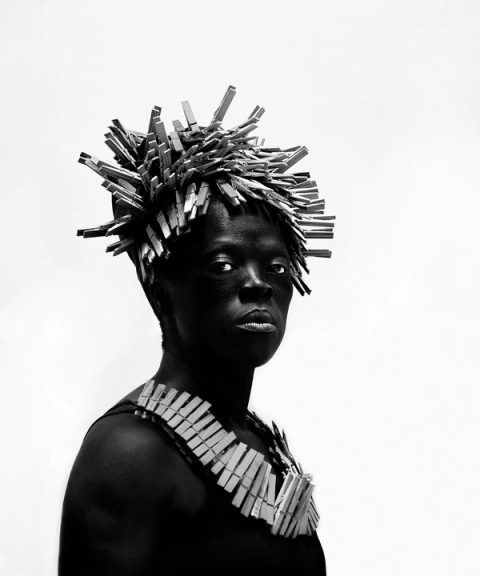
Zanele Muholi
Bester II, New York, 2019Baryta print
Image and paper size: 19.6 x 23.6 in. | 50 x 60 cm
Edition of 8, 2AP

Zanele Muholi
Ziphi IV, Cape Town, 2020Baryta print
Image and paper size: 36.2 x 24.4 in. | 90 x 60 cm
Edition of 8, 2AP


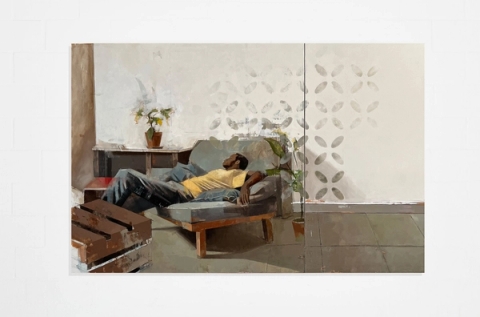
Ayotunde Ojo
Reclining man, 2023Oil, acrylic and charcoal on canvas
47.63 x 72.5 in. | 121 x 184 cm
Sold
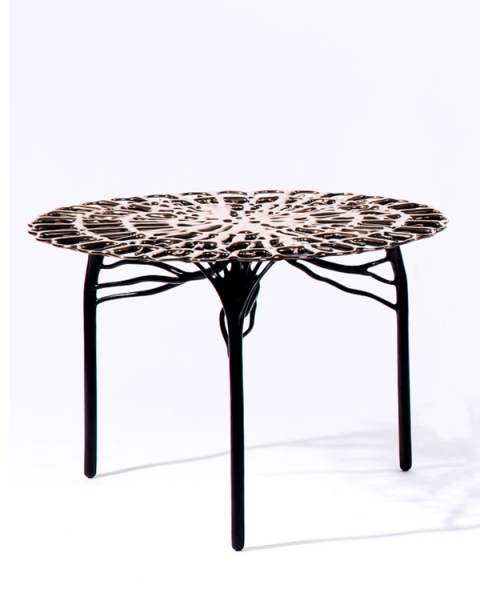
Charles Haupt
Tropism Mensa Humilis, 2018Bronze
17.8 x 26.8 x 26.8 in. | 45 x 68 x 68 cm
Edition of 8
